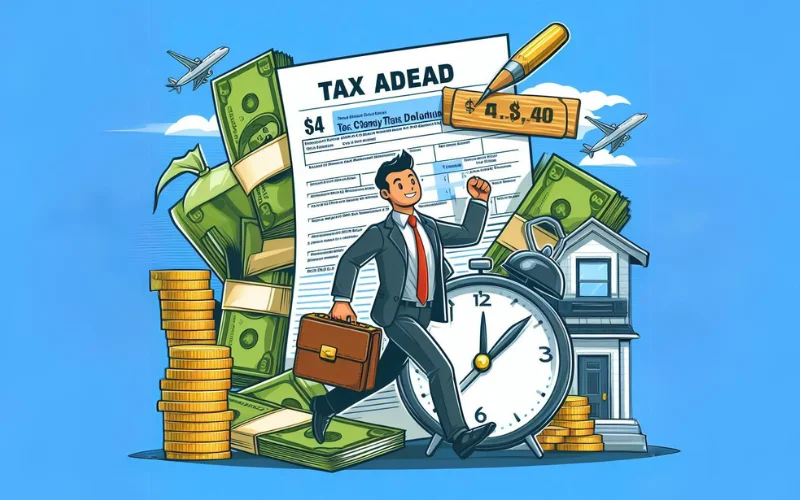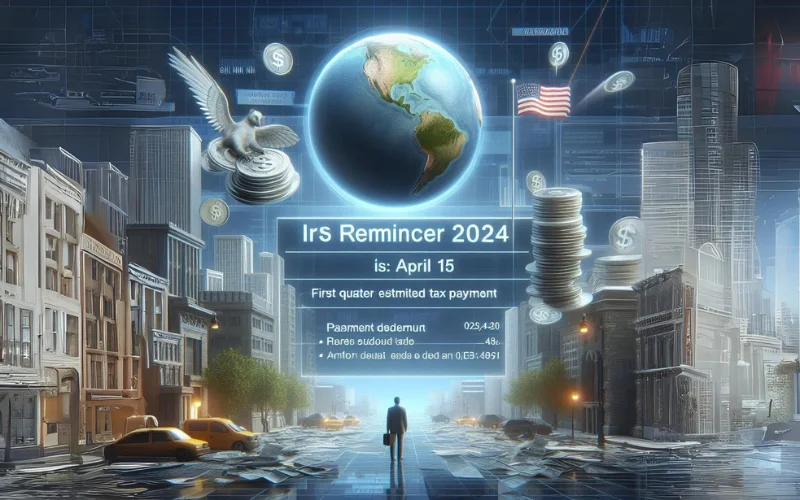A pair of cases over the past few weeks teach a lesson about the Affordable Care Act (ACA) premium assistance tax credit calculations. The cases are Terry Jay Grant and Twila Rose Grant v. Commissioner, T.C. Memo. 2018-119 (Aug.1, 2018) and Luis Palafox and Hilda Arellano v. Commissioner, T.C. Memo. 2018-124 (Aug. 7, 2018).
Readers are no doubt aware that the ACA (a/k/a Obamacare) requires all individuals to purchase health insurance, requires all health insurance plans to contain certain provisions, and subsidizes the purchase of health insurance via a tax credit mechanism. At the federal government level, the ACA splits up regulatory duties between HHS and the IRS. HHS regulates stuff like the content of health plans, the establishment of the health exchanges and eligibility requirements, reimbursement policies, and procedures. The IRS regulates the collection of taxes Congress enacted to fund the law, including the “shared responsibility payment” owed by taxpayers who fail to purchase health insurance (which, as Justice Roberts explained to a surprised readership, is a “tax” for constitutional purposes but not a “tax” for statutory purposes). But there are several provisions that require significant coordination between the two agencies.
The health care premium subsidies Congress put in the Tax Code are one such provision. To help certain individuals afford the mandatory health insurance coverage, Congress chose to subsidize the cost of insurance with federal funds. Congress chose a tax credit as the mechanism to implement the subsidy. Located in §36B it is there called the Premium Assistance Credit, but is commonly called the Premium Tax Credit (abbreviated PTC). Certain taxpayers can choose to take the credit as an advance, commonly called the Advance Premium Tax Credit (APTC). The APTC is paid directly to the insurance provider and not to the individual taxpayers.
This subsidy structure creates two problems. First is an awkward timing problem because taxpayers must guesstimate their eligibility for the subsidy and then true-up over a year later when they file their tax returns. Second is a communication problem because the federal monies are paid directly to the insurance provider who must then properly communicate the amounts to the taxpayers so the taxpayers can do the true-up.
The two cases teach a lesson about the timing problem and the harsh consequences for messing up the guesstimate.
The Law
Section 36B provides that eligible taxpayers can receive a tax credit to help them afford health care coverage. Sometimes, however, the very taxpayers who need the subsidy most need it during the year because of cash flow problems. If they cannot get the subsidy until the following year when they file their tax returns, it will do them little good.
To deal with the problem, §1412 of the ACA permits the Advance Premium Tax Credit (APTC). While not codified in the U.S. Code, that statute is referenced in §36B because part of the ultimate determination of how much PTC a taxpayer may claim requires accounting for any APTC already paid. That true-up process occurs on the return, specifically on the Form 8962. This is one of those areas where HHS and IRS must coordinate because HHS regulations determine whether a taxpayer is eligible for the advance payments and IRS regulations govern the true-up process. The Tax Court gives a very nice detailed explanation in McGuire v. Commissioner, 149 T.C. No. 9.
Basically, if a taxpayer’s household income (as calculated per Treas. Reg. 1.36B-1) turns out to be more than 400% of the federal poverty rate for the taxpayer’s household, then the taxpayer will not be eligible for any premium. That means any and all APTC payments made on the taxpayer’s behalf to the insurance provider transmogrify into taxes owed. Notice they do not just become income to the taxpayer, increasing the taxpayer’s tax liability by the taxpayer’s marginal rate. Oh no, they were advance payments of tax credits and so much be recaptured dollar for dollar. Harsh. Even worse, taxpayers depend on the insurance provider to tell them how much the government actually paid the insurance provider on their behalf. Error by the insurance provider can thus lead to harsh results for taxpayers. The McGuire case is an example of that. There the insurance provider did not tell the taxpayers the information they needed to do an accurate true-up. The taxpayers paid the price. In contrast, the two cases from last week result from taxpayer error. But the results are still pretty harsh.
A pair of cases over the past few weeks teach a lesson about the Affordable Care Act (ACA) premium assistance tax credit calculations. The cases are Terry Jay Grant and Twila Rose Grant v. Commissioner, T.C. Memo. 2018-119 (Aug.1, 2018) and Luis Palafox and Hilda Arellano v. Commissioner, T.C. Memo. 2018-124 (Aug. 7, 2018).
Readers are no doubt aware that the ACA (also known as Obamacare) requires all individuals to purchase health insurance, requires all health insurance plans to contain certain provisions, and subsidizes the purchase of health insurance via a tax credit mechanism. At the federal government level, the ACA splits up regulatory duties between HHS and the IRS. HHS regulates things like the content of health plans, the establishment of the health exchanges and eligibility requirements, reimbursement policies, and procedures. The IRS regulates the collection of taxes Congress enacted to fund the law, including the “shared responsibility payment” owed by taxpayers who fail to purchase health insurance (which, as Justice Roberts explained to a surprised readership, is a “tax” for constitutional purposes but not a “tax” for statutory purposes). But there are several provisions that require significant coordination between the two agencies.
The health care premium subsidies Congress put in the Tax Code are one such provision. To help certain individuals afford the mandatory health insurance coverage, Congress chose to subsidize the cost of insurance with federal funds. Congress chose a tax credit as the mechanism to implement the subsidy. Located in §36B it is called the Premium Assistance Credit, but is commonly called the Premium Tax Credit (abbreviated PTC). Certain taxpayers can choose to take the credit as an advance, commonly called the Advance Premium Tax Credit (APTC). The APTC is paid directly to the insurance provider and not to the individual taxpayers.
This subsidy structure creates two problems. First, there is an awkward timing problem because taxpayers must estimate their eligibility for the subsidy and then true-up over a year later when they file their tax returns. Second, there is a communication problem because the federal monies are paid directly to the insurance provider who must then properly communicate the amounts to the taxpayers so the taxpayers can do the true-up.
The two cases teach a lesson about the timing problem and the harsh consequences for messing up the estimate.
The Law
Section 36B provides that eligible taxpayers can receive a tax credit to help them afford health care coverage. Sometimes, however, the very taxpayers who need the subsidy most need it during the year because of cash flow problems. If they cannot get the subsidy until the following year when they file their tax returns, it will do them little good.
To deal with the problem, §1412 of the ACA permits the Advance Premium Tax Credit (APTC). While not codified in the U.S. Code, that statute is referenced in §36B because part of the ultimate determination of how much PTC a taxpayer may claim requires accounting for any APTC already paid. That true-up process occurs on the return, specifically on the Form 8962. This is one of those areas where HHS and IRS must coordinate because HHS regulations determine whether a taxpayer is eligible for the advance payments and IRS regulations govern the true-up process. The Tax Court gives a very nice detailed explanation in McGuire v. Commissioner, 149 T.C. No. 9.
Basically, if a taxpayer’s household income (as calculated per Treas. Reg. 1.36B-1) turns out to be more than 400% of the federal poverty rate for the taxpayer’s household, then the taxpayer will not be eligible for any premium. That means any and all APTC payments made on the taxpayer’s behalf to the insurance provider transmogrify into taxes owed. Notice they do not just become income to the taxpayer, increasing the taxpayer’s tax liability by the taxpayer’s marginal rate. Oh no, they were advance payments of tax credits and so must be recaptured dollar for dollar. Harsh. Even worse, taxpayers depend on the insurance provider to tell them how much the government actually paid the insurance provider on their behalf. Error by the insurance provider can thus lead to harsh results for taxpayers. The McGuire case is an example of that. There the insurance provider did not tell the taxpayers the information they needed to do an accurate true-up. The taxpayers paid the price. In contrast, the two cases from last week result from taxpayer error. But the results are still pretty harsh.
Source: Bryan Camp





